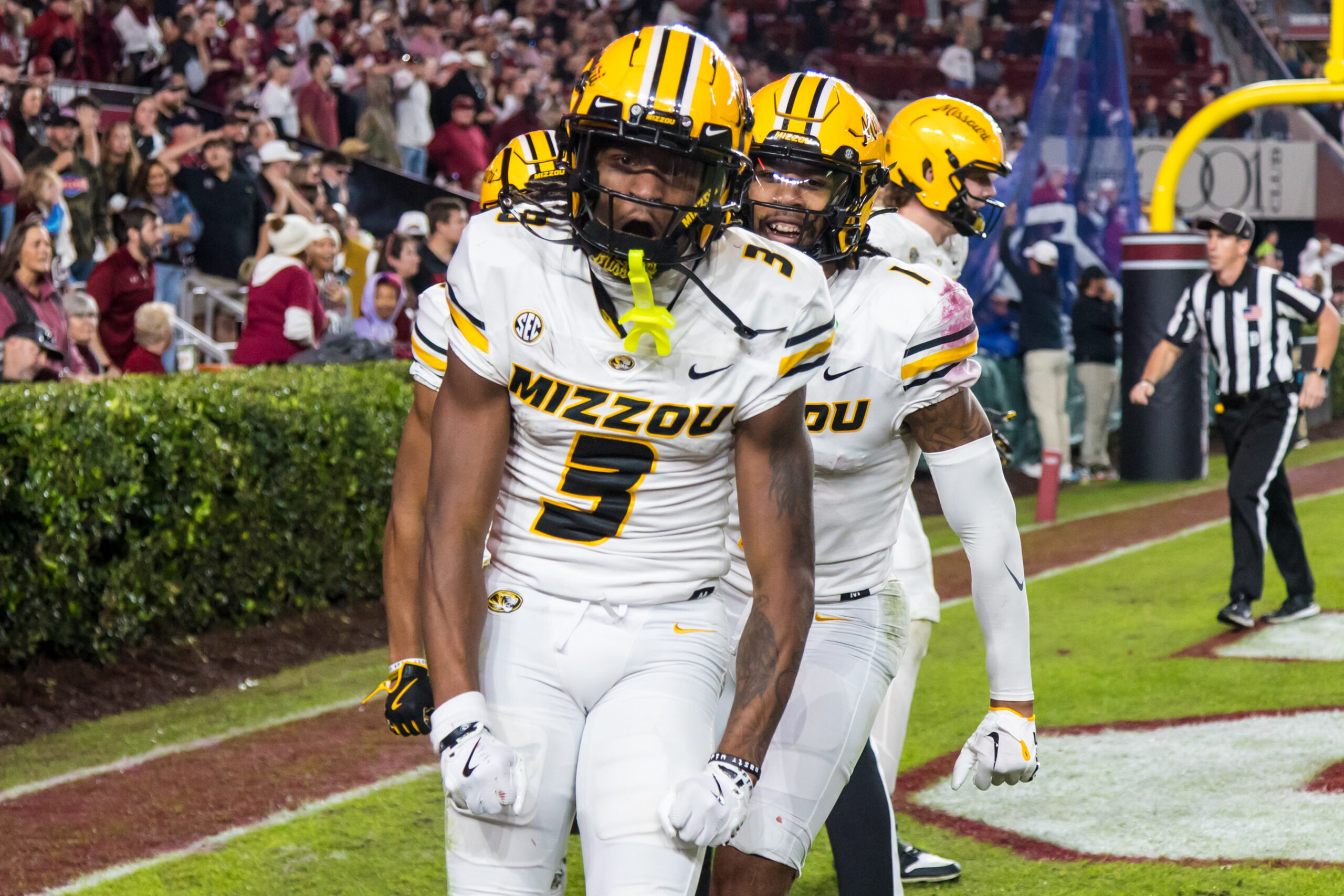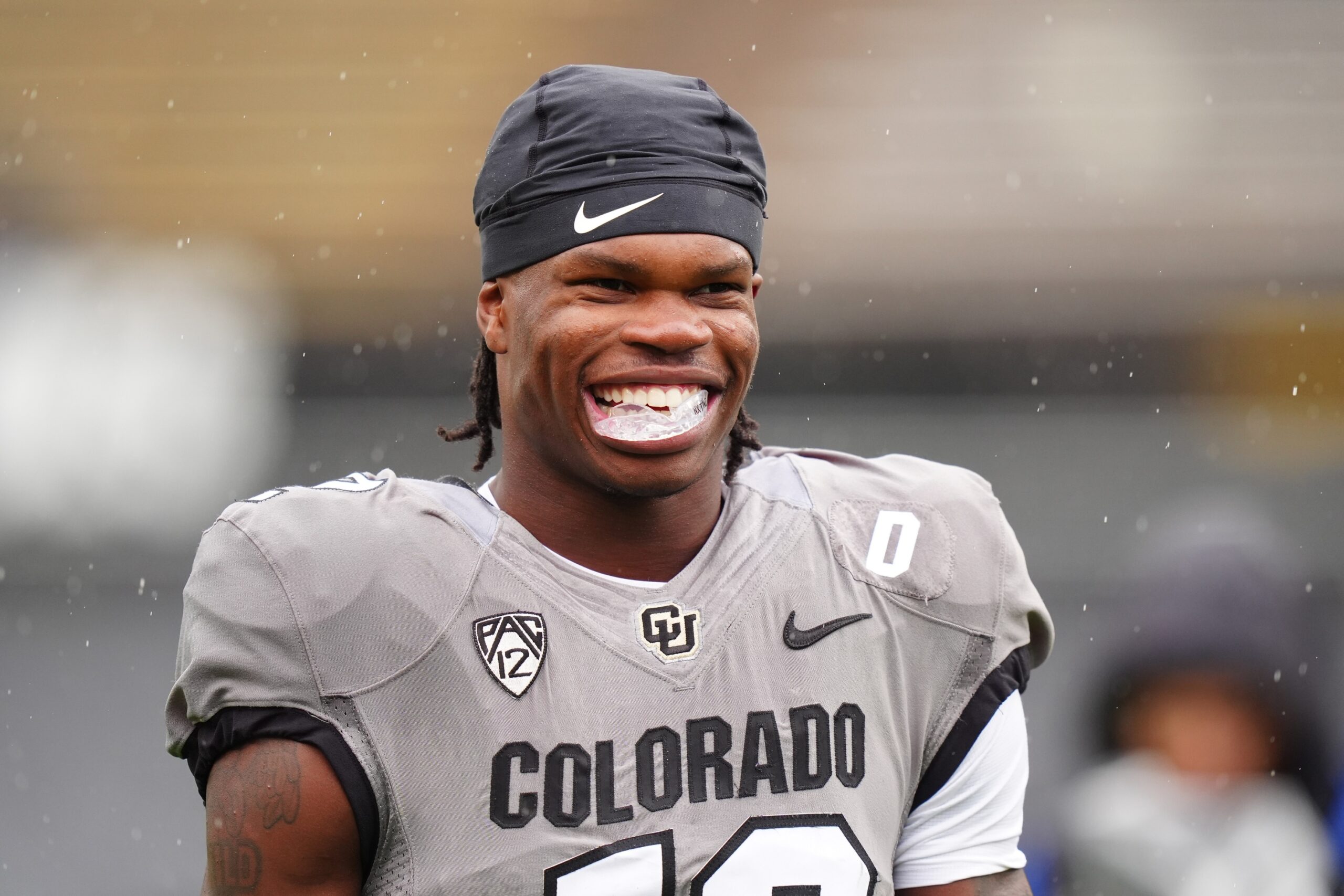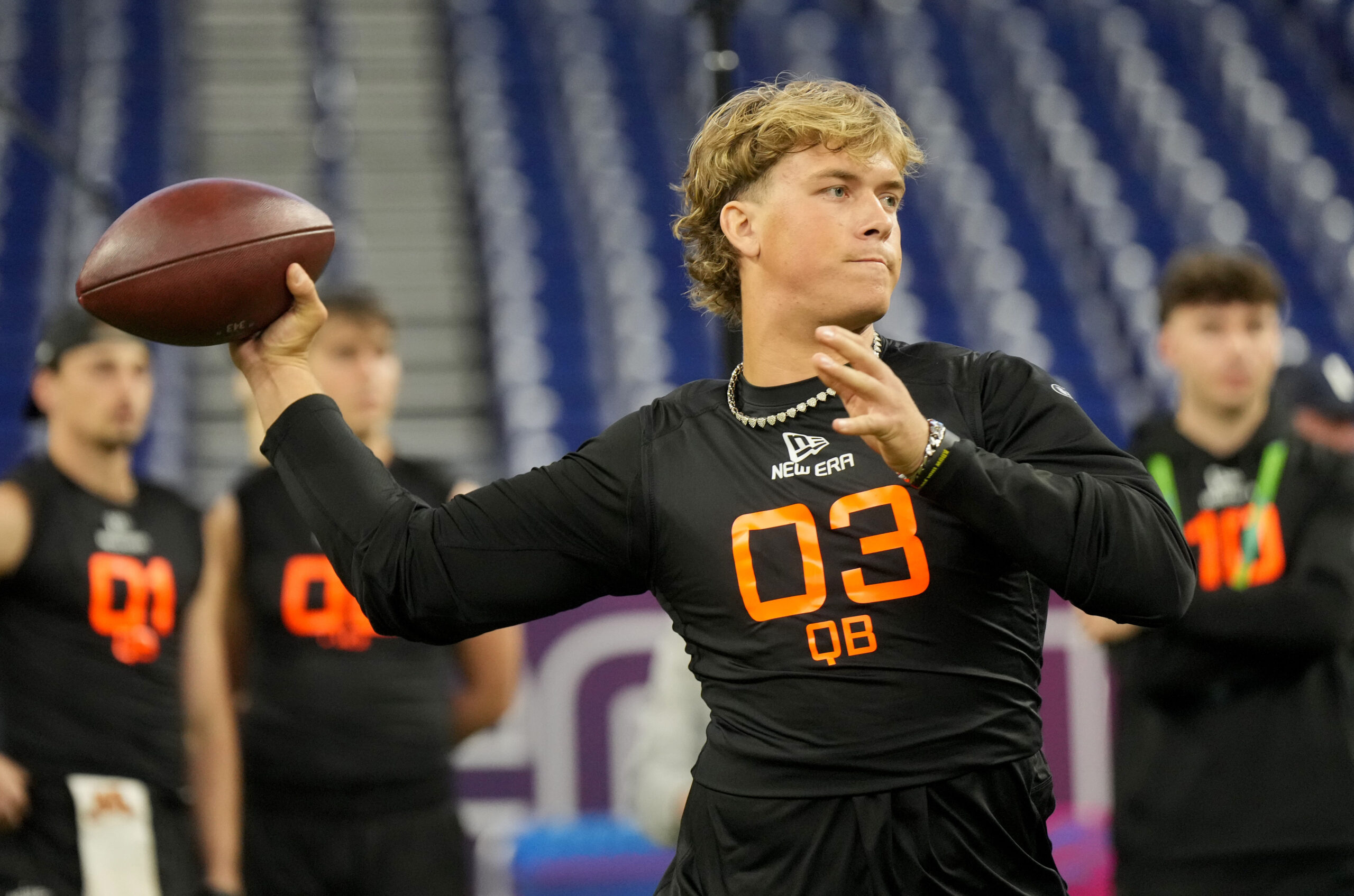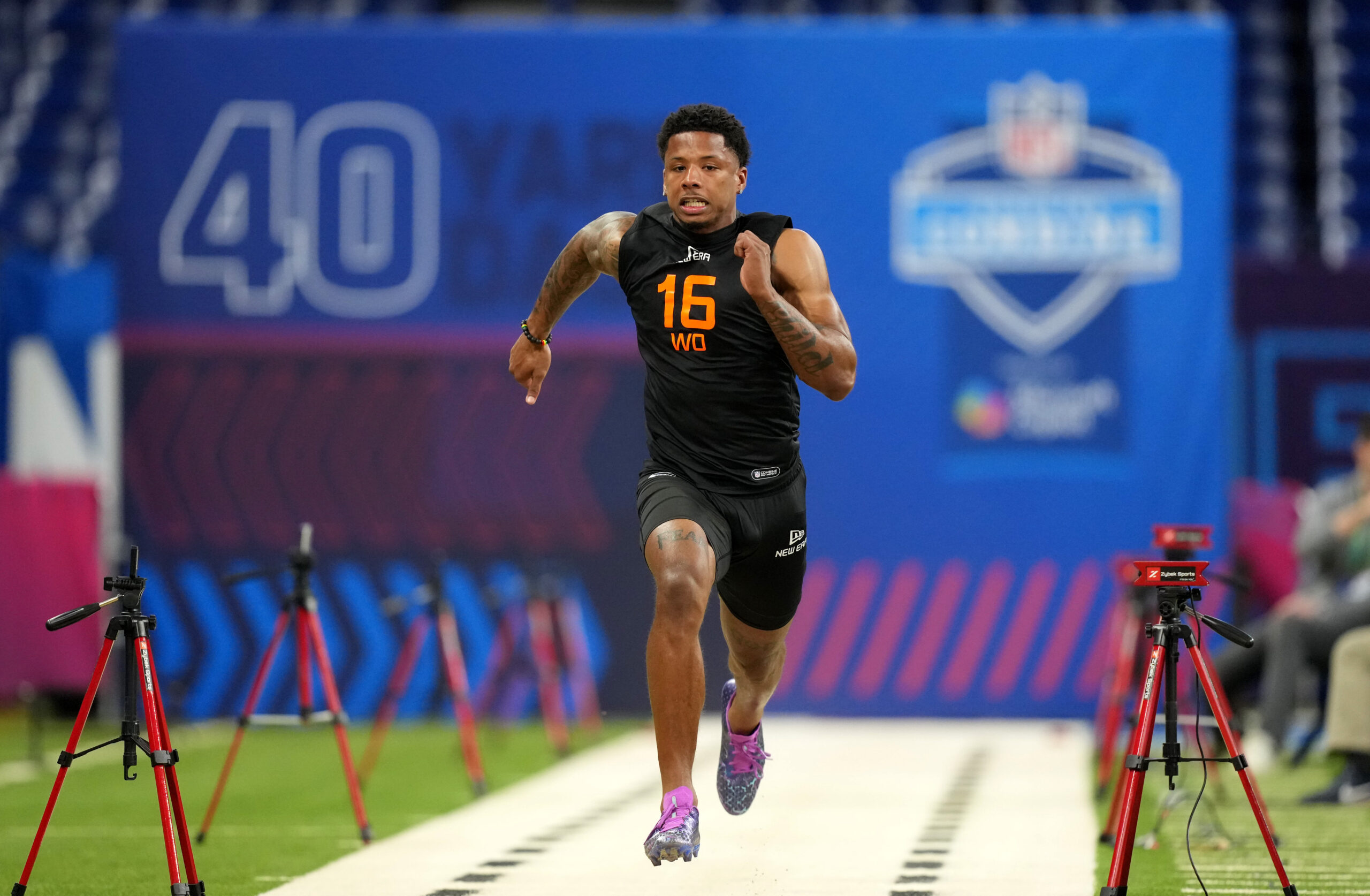Analysis
6/28/23
8 min read
10 Keys to Winning 2023 Best Ball Drafts
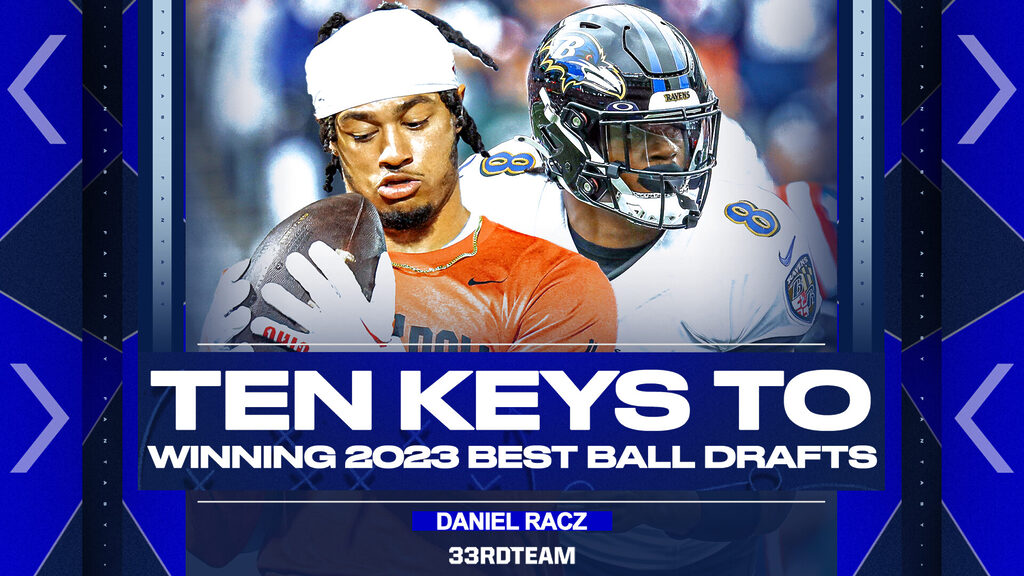
In 2023’s best ball landscape, the plethora of tournament structures and unique scoring settings can create a complicated drafting environment. Daniel Racz, the 2022’s Rookies and Sophomores tournament winner on Underdog, will break down 10 factors that could help drafters make informed decisions for the upcoming season.
Keys to Winning Best Ball Drafts
1. Understanding Tournament Selection
The variety of contests on Underdog and DraftKings create opportunities to vary one’s drafting strategy depending on advancement structure. For instance, in Underdog’s "The Dalmatian", twice as many teams advance out of the first round, incentivizing drafters to invest heavily at quarterback to raise the floor of their teams.
In Underdog’s flagship Best Ball Mania IV (BBMIV), the advancement structure in the playoffs requires a first-place finish out of 16 entrants in Week 15 and Week 16. To thread this needle (a 1 in 256 success rate if all teams have the same odds), drafters must heavily correlate their teams to a degree that tournaments like ‘The Dalmatian,’ where approximately 1 in 10 playoff teams make the final round, do not require.
2. Contest Timing
DraftKings' $10 million tournament with more than 1.1 million entrants and Underdog’s BBMIV ($15 million tournament) with more than 675,000 entrants will occur over four-month timespans. In contrast, single or three-entry tournaments on both sites only take a few weeks to fill. In the summer-long tournaments, teams drafted in August will have an informational advantage because they can be drafted with more accurate depth charts and injury knowledge, whereas teams drafted early can capture more Average Draft Position (ADP) value. However, early teams often run risks that late teams can avoid, like spending draft picks on players who do not have a relevant role all year or those who get hurt.
Generally, drafters should select more entries in summer-long tournaments closer to their closing date than their opening to avoid the lopsided downsides associated with early entries.
3. Correlation Levels
When drafting in large tournaments, correlation increases a team’s variance, increasing the likelihood of a ceiling outcome. Team-level correlation is the most impactful and most common form in drafts. If a drafter selects QB Josh Allen in the third round, they should prioritize other pieces of the Buffalo Bills offense later, such as WR Gabe Davis, and TEs Dalton Kincaid and Dawson Knox.
The next most considerable correlation level comes from Week 17 matchups. Since a heavy portion of the payout structure depends upon massive performances in Week 17, it follows that correlation will limit the number of successful assumptions a team needs to succeed. If there is an Allen team with Davis and Knox, attaching a pass-catcher or two from the New England Patriots, their Week 17 opponent, would help. If this Bills-heavy team were to make the tournament’s final round, it is already dependent on the Bills’ game in Week 17 producing a lot of points.
Since the best ball playoffs also include Weeks 15 and 16, correlating those matchups can have the same theoretical benefits as Week 17. However, payouts in these weeks are far lower, so these correlations should carry a different weight than team level or Week 17.
4. Attacking Ambiguous Backfields
Thinking back on the 2022 season, drafters were wary of the Seattle Seahawks backfield, because Rashaad Penny and Kenneth Walker were available in the 10th round. The uncertainty attached to Seattle’s lead-back role and skepticism about the offense produced an opportunity for drafters willing to embrace uncertainty. Penny produced for the first few weeks of the season, including a 28-point Week 4, until his injury allowed Walker to ascend to league-winner status.
This year, multiple backfields have uncertainty that drafters can exploit. The new checkdown–laden Denver Broncos offense with Sean Payton at the helm should produce plenty of running back spike weeks. Yet, Javonte Williams’ recovery from a torn ACL is still unclear, so he and Samaje Perine reside in the eighth and ninth rounds, respectively.
Washington’s Brian Robinson Jr. and Antonio Gibson have ADPs above 100. While Robinson likely has a far better median outcome, Gibson’s value contingent on a Robinson injury could provide meaningful points should it be realized.
The Miami Dolphins running backs (absent a Dalvin Cook addition) all reside in the 11th round or later. Since the Miami offense should produce plenty of high-end performances, having overweight positions on Devon Achane, Jeff Wilson Jr. and Raheem Mostert may be advisable.
The New Orleans Saints, Bills, Philadelphia Eagles and Chicago Bears also have plenty of uncertainty in their rushing attacks, so their backs may make for mid and late-round targets.
5. Prioritizing Inexpensive, Explosive Offenses
While the Cincinnati Bengals’ and Eagles’ offensive nuclei all go within the top 50 picks (and TE Dallas Goedert goes before pick No. 75), many other potent offenses have intriguing middle- and late-round options.
TE Mark Andrews and QB Lamar Jackson go in the middle and later parts of the third round, respectively. RB J.K. Dobbins presents a correlated selection in the fifth round, and the Baltimore Ravens wide receiver trio (Rashod Bateman, Zay Flowers, Odell Beckham Jr.) all go between the eighth and 10th rounds.
The San Francisco 49ers pass catchers all go between the late third round and the early sixth round, but QB Brock Purdy has an ADP in the late 15th round, despite consistent positive news about his elbow recovery. When the market corrects on Purdy’s health, he should approach the 12th or 13th round.
Though TE Travis Kelce and QB Patrick Mahomes go in the first two rounds, the Kansas City Chiefs wide receivers all go after pick 70. Building out a late Chiefs stack with Mahomes and a combination of Kadarius Toney, Skyy Moore, Rashee Rice and Marquez Valdes-Scantling requires little cumulative draft capital, despite having to draft Mahomes early.
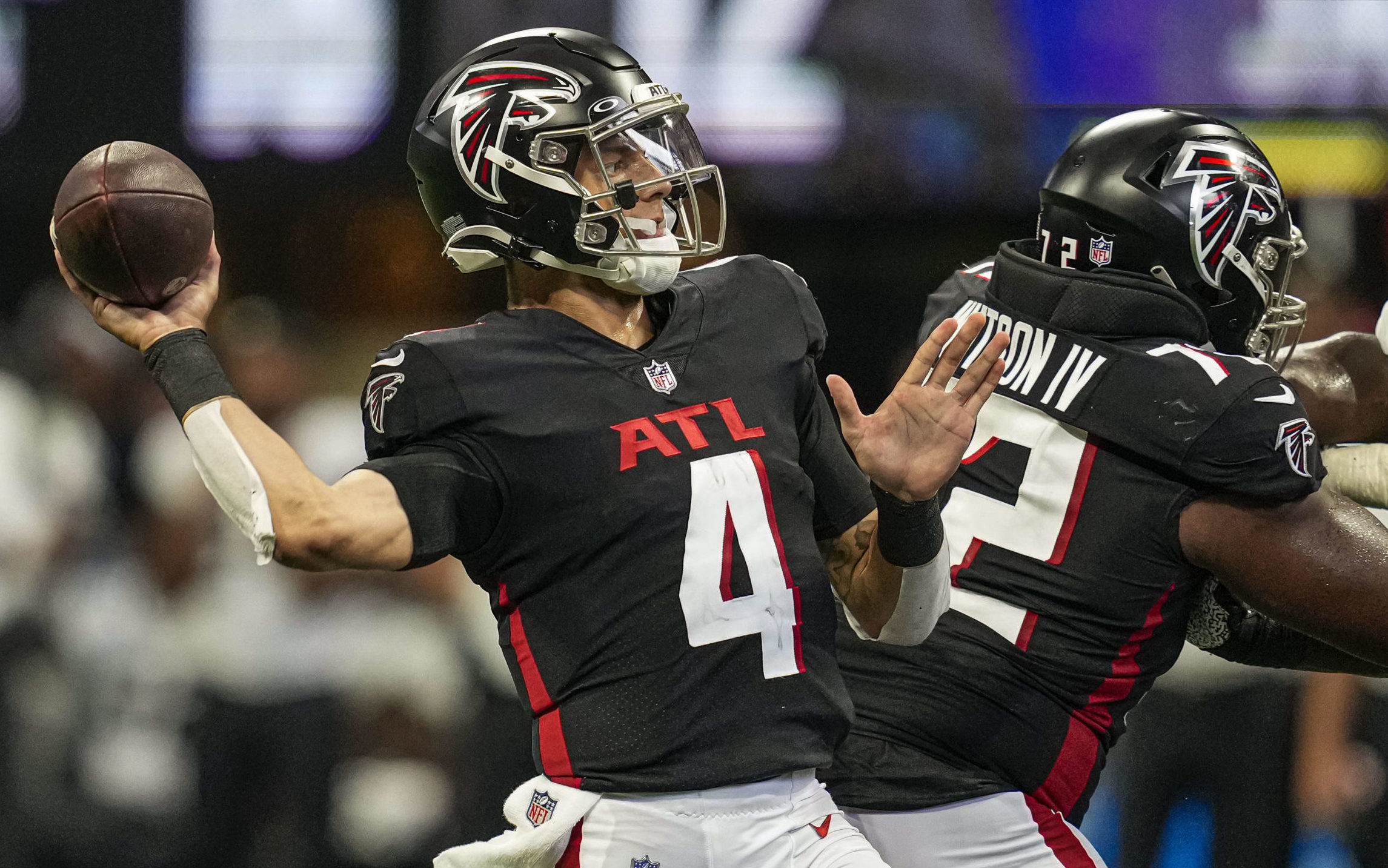
6. Handling Uncertain Quarterback Situations
The Atlanta Falcons and Washington Commanders have multiple fantasy pieces in the first 75 picks, yet none of their quarterbacks regularly get drafted. So, if one drafts the teams’ early pass-catchers (or Bijan Robinson, as well in a Falcons stack), should they add the correlated quarterback?
With the Falcons, there should be a high degree of confidence that if their pass catchers live up to or outperform their ADPs, Desmond Ridder has remained, and likely thrived, as the quarterback. In Washington, Sam Howell is almost a complete unknown, whereas Jacoby Brissett executed a competent offense in Cleveland last season. Adding Howell for rushing upside may help, though his presence is not required for Terry McLaurin or Jahan Dotson to have successful seasons.
7. Targeting Rookies on DraftKings
NFL rookies account for some of DraftKings’ best values. While drafters should not avoid first-year players on Underdog, they should be proactive in targeting rookies on DraftKings and maintain overweight positions on most, if not all, rookies on the platform. Early wide receiver Jaxon Smith-Njigba has a nearly 20-pick discount on DraftKings, which also has points per reception (PPR) scoring, providing more benefits for those targeting him on DraftKings.
8. Selecting Early Quarterbacks on DraftKings
In raw ADP, high-value quarterbacks go earlier on DraftKings when compared to Underdog. However, lesser-valued quarterbacks also go significantly earlier on DraftKings, and the lesser-valued running back and wide receiver options on DraftKings make teams with elite quarterbacks more viable. The comparative advantage of drafting elite scoring quarterbacks on DraftKings is evident through the surrounding cast one can build via later running backs and pass catchers.
Whereas middle-round quarterbacks like Tua Tagovailoa and Dak Prescott go next to receivers Quentin Johnston and Elijah Moore on DraftKings, these same quarterbacks go next to Jameson Williams and Tyler Boyd on Underdog. A drafter’s portfolio on both platforms should include some level of early quarterback, but their exposure on DraftKings should outweigh their exposure on Underdog.
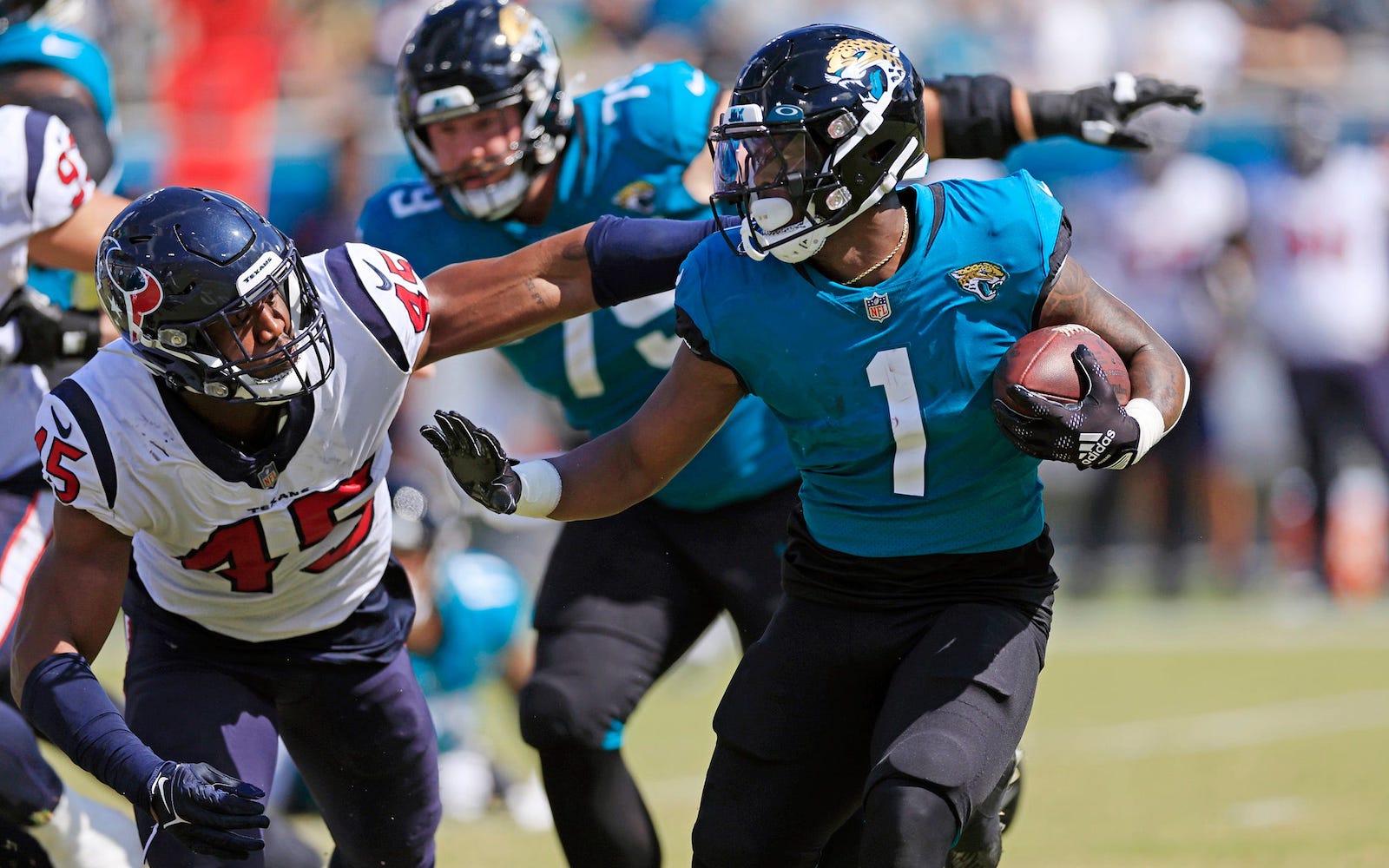
9. Lead Back Values on Underdog
The new ADP environment on Underdog has depressed most running back values. While one still needs to be mindful of balancing early running backs with other positions (specifically, not falling behind early at wide receiver), certain running backs profile as discounts. The Jacksonville Jaguars should win double-digit games and produce enough rushing volume for Travis Etienne. But, perhaps more importantly, Etienne dominated in critical metrics like rush yards over expected (RYOE) and success rate. Etienne’s ADP is in the middle of the fourth round and falling. In an efficient market, Etienne should be going at the back of the third round at the latest. Dobbins, Dameon Pierce and Rachaad White also should go multiple picks earlier, but none present the same level of value as Etienne.
10. Underdog Roster Allocation
Because Underdog rosters only have 18 spots, limiting quarterback and tight end allocation and maximizing spike weeks from running backs and wide receivers helps in the top-heavy final week. As such, a general roster guide should aim for a maximum of five roster spots at quarterback and tight end combined. While certain rooms may force drafters to have three quarterbacks and three tight ends, it is generally inadvisable to have a large portion of one’s portfolio in these structures as only one quarterback and two tight ends (one via the tight end and one via the flex) can make one’s lineup in any given week. Since running back and wide receiver ceiling games are more impactful than tight end ceiling games, tight ends are far less likely to occupy the flex in a tournament-winning lineup.
Follow The 33rd Team Podcast Network on Spotify and Apple Podcasts.


